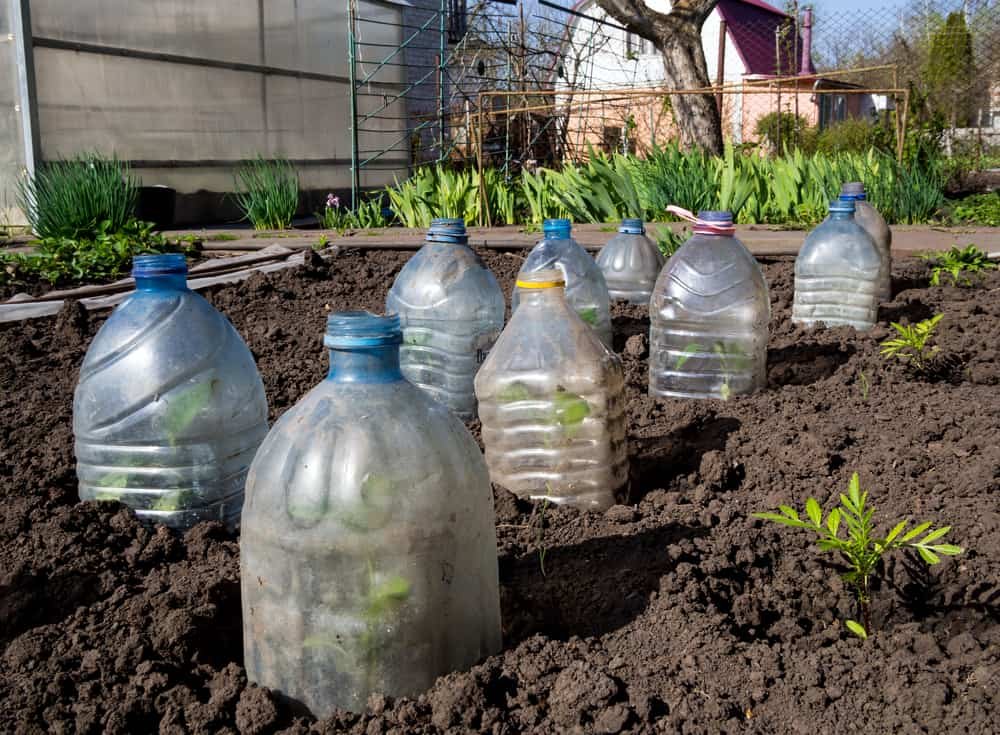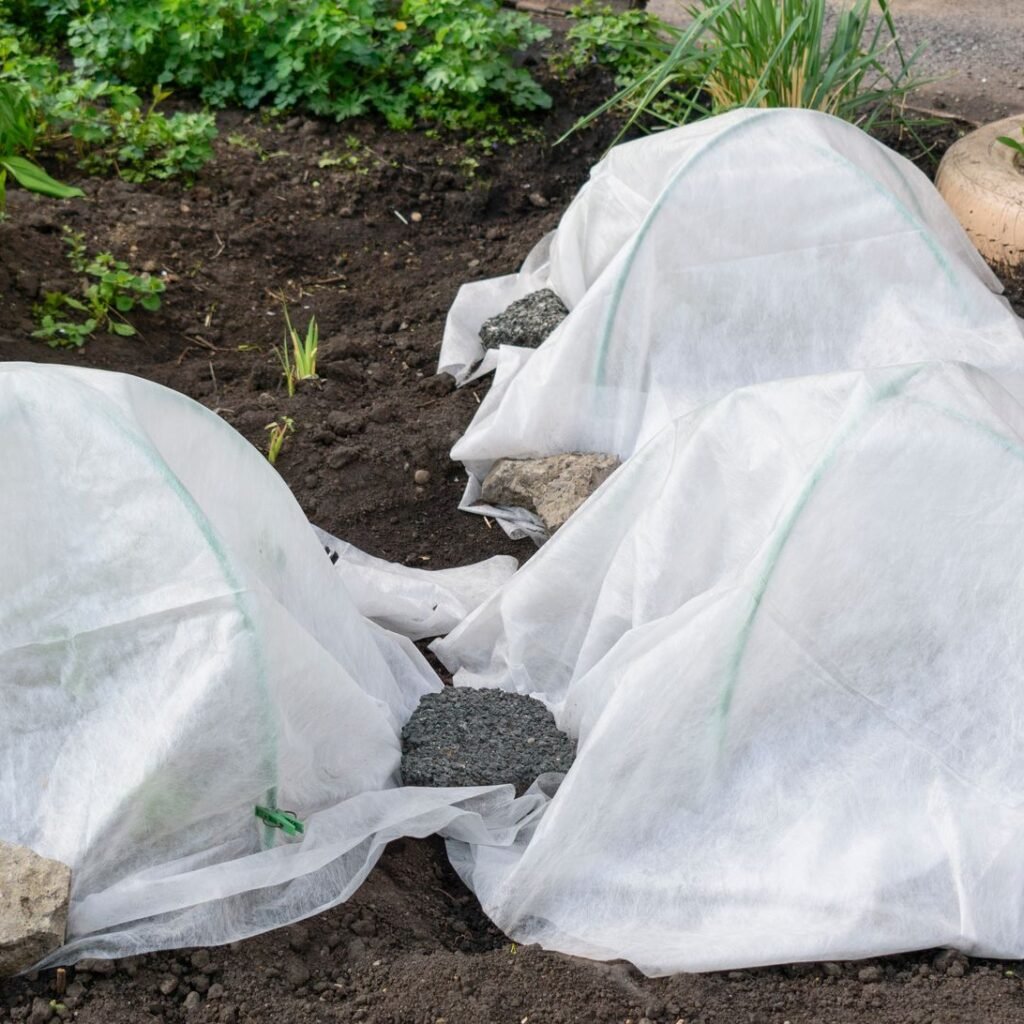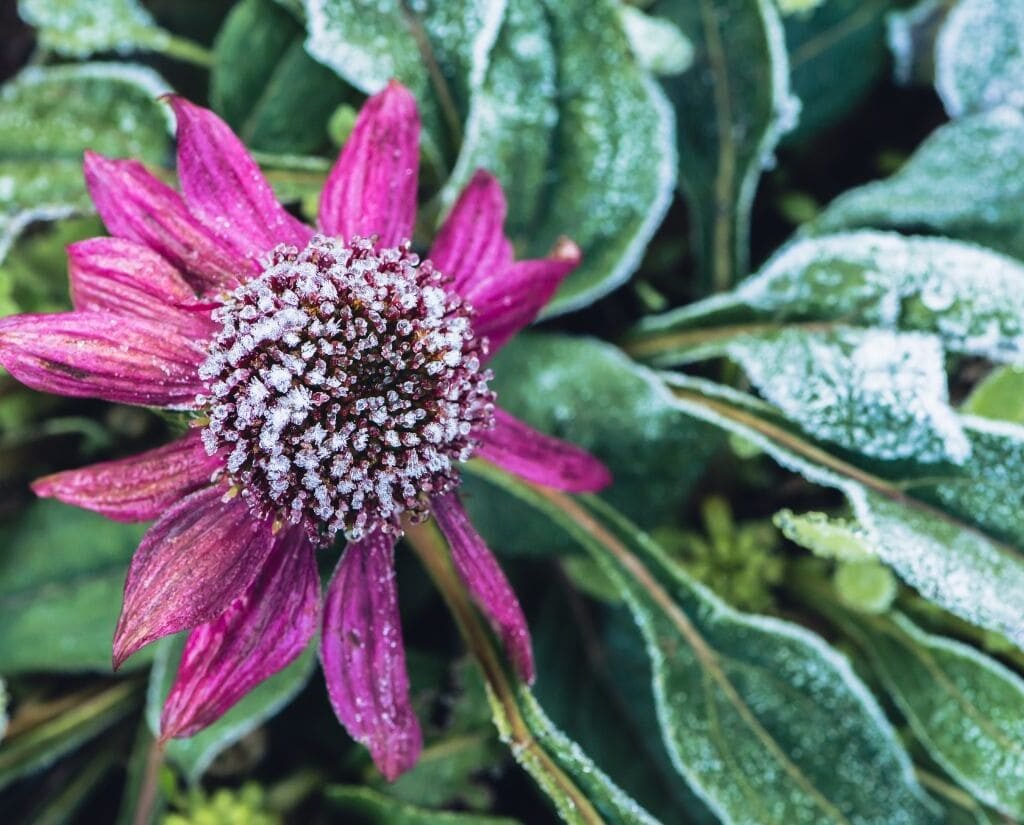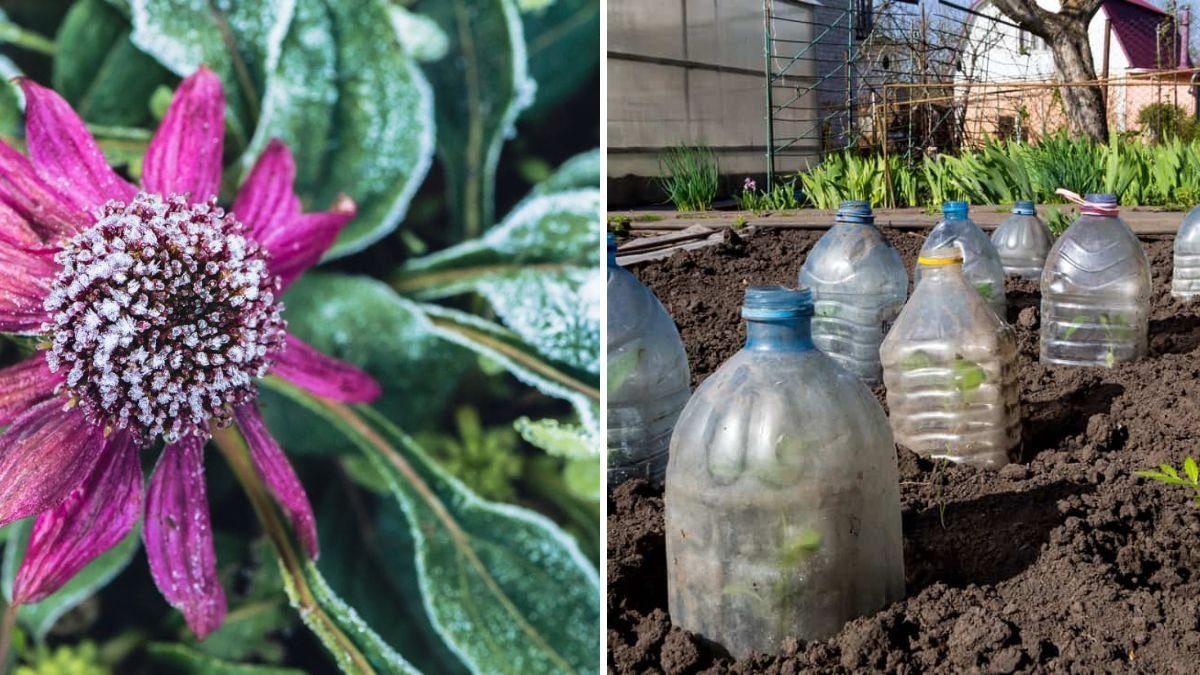As the crisp chill of autumn deepens and winter draws near, gardeners everywhere start to worry about their beloved perennials. These hardy plants are the backbone of most gardens—returning year after year with vibrant color and life. But even the toughest perennials can suffer when frost arrives unexpectedly.
The good news? Protecting your perennials from frost doesn’t have to cost a fortune. With some planning, creativity, and simple household materials, you can keep your garden safe through winter’s worst. In this guide, we’ll show you budget-friendly, expert-approved methods to shield your plants from frost and ensure they thrive when spring returns.
Understanding Frost and Why It’s a Threat to Perennials

Before diving into the solutions, it helps to understand what frost actually does to plants. Frost forms when the air temperature drops below freezing, causing water vapor to condense and freeze on leaves, stems, and soil surfaces.
When this happens, the water inside plant cells also freezes, expanding and damaging cell walls. This leads to blackened leaves, wilted stems, and even plant death if exposure is prolonged.
Perennials, by nature, are more resilient than annuals—but young, tender growth or newly planted perennials can still be vulnerable. Frost damage can delay spring regrowth and reduce flowering potential.
Expert Insight:
According to horticulturists, even frost-tolerant perennials can benefit from protection during temperature dips below 28°F (-2°C), especially in exposed areas or windy spots.
1. Mulch: Your Perennial’s Winter Blanket
Mulching is one of the most effective and inexpensive ways to insulate your perennials from frost. A thick layer of mulch helps regulate soil temperature, preventing rapid freezing and thawing that can damage roots.
What to Use:
- Shredded leaves
- Straw or hay (avoid seed-heavy hay)
- Pine needles
- Compost or bark chips
How to Apply:
Wait until the ground has started to freeze lightly, then spread 2–4 inches of mulch around the base of each plant. Don’t cover the crown directly—leave a small space for air circulation.
Budget Tip:
You don’t need to buy mulch! Collect fallen leaves from your yard or ask neighbors for their leaf bags. Shred them with a mower, and you’ve got a perfect, free insulator.
2. Use Recycled Materials as Frost Covers

When a hard frost is forecast, covering your plants can make all the difference. Instead of purchasing expensive frost cloths or garden fabrics, repurpose household items to create effective barriers.
Free or Low-Cost Frost Covers:
- Old bed sheets, blankets, or towels
- Burlap sacks
- Cardboard boxes
- Plastic buckets or storage bins (for short perennials)
- Newspaper layers (secure with rocks or stakes)
These materials trap heat from the soil and create a temporary greenhouse effect, keeping your plants several degrees warmer.
How to Use:
- Drape the material loosely over plants before sunset.
- Anchor edges with stones or garden stakes to prevent wind from blowing them away.
- Remove the covers during the day to let sunlight and airflow reach your plants.
Expert Tip:
Avoid letting plastic touch the foliage directly—it can cause more damage. Use a frame (like wire hoops or sticks) to keep it slightly elevated above plants.
3. Water Your Garden Before a Frost

It may sound counterintuitive, but watering your perennials before a frost can help protect them. Moist soil retains heat better than dry soil, keeping root zones warmer through cold nights.
How to Do It:
- Water thoroughly a day or two before an expected frost.
- Focus on the root area, not the foliage.
- Avoid watering if temperatures are already below freezing, as ice formation can damage plant tissue.
Budget Tip:
No special tools needed—just a watering can or hose. For smaller beds, collect rainwater in barrels or buckets to save on water bills.
4. Build Simple Cloche Protectors

A cloche is a small, dome-like cover that shields individual plants from cold, wind, and frost. While store-bought versions can be pricey, you can easily make DIY cloches using common materials.
DIY Cloche Ideas:
- Plastic milk jugs: Cut off the bottom and place the jug over the plant (remove the cap for ventilation).
- Large soda bottles: Perfect for smaller perennials and seedlings.
- Glass jars or mason jars: Provide extra insulation and look charming in the garden.
Expert Tip:
Remove cloches during warm days to prevent overheating, then replace them before nightfall when frost is expected.
This technique works especially well for protecting young perennials or newly divided plants still establishing roots.
5. Group and Shelter Potted Perennials

Container perennials are more vulnerable to frost since their roots are exposed to cold air from all sides. But you can protect them easily without spending on fancy garden wraps.
How to Do It:
- Move pots close together near a wall or fence to block wind.
- Wrap them with bubble wrap, burlap, or old blankets for insulation.
- For extra warmth, place pots on wood planks or thick cardboard instead of directly on concrete (which transfers cold).
Budget Tip:
If you have a shed, garage, or covered porch, temporarily move delicate potted perennials there during freezing spells.
6. Take Advantage of Natural Windbreaks
Wind intensifies the impact of frost by drawing heat away from plants. Creating or using natural windbreaks is a no-cost strategy to protect your perennials.
Options:
- Position vulnerable plants near fences, shrubs, or walls.
- Stack hay bales, wooden pallets, or even leaf bags to block cold winds.
- Use low garden fencing or bamboo screens to create temporary protection zones.
Expert Insight:
Even a partial windbreak can raise the temperature around your plants by a few degrees—often enough to prevent frost injury.
7. Reuse Plastic or Fabric Row Covers
If you have a larger garden, covering entire beds is more efficient than covering individual plants. Commercial row covers can be expensive, but you can make your own for free or cheap.
DIY Row Cover Ideas:
- Use PVC pipes or flexible branches to create hoops.
- Drape old bedsheets, shower curtains, or painter’s drop cloths over them.
- Secure with garden clips, clothespins, or heavy stones.
This setup traps warmth, prevents frost from settling directly on plants, and allows air circulation during the day.
Bonus Tip:
Clear plastic helps trap more heat but must be removed during sunny days to prevent overheating.
8. Delay Pruning Until After Frosts Pass
It might be tempting to tidy up your garden before winter, but cutting back perennials too early can expose tender growth to frost damage. Those dead-looking stems actually act as natural insulation.
What to Do:
- Leave the foliage and stems intact through winter.
- Wait until spring, once new shoots emerge, to prune away dead material.
- Plants like coneflowers, ornamental grasses, and sedum benefit greatly from this natural protection.
Budget Tip:
Nature does the work for you—no extra materials or tools needed.
9. Add a Temporary Mulch Mound for Extra Cold Snaps
For perennials in especially exposed locations, you can mound extra mulch, straw, or compost over the crown during severe cold spells. This provides a temporary buffer against freezing air.
How to Do It:
- Pile a few inches of loose material over the crown when temperatures drop sharply.
- Remove or thin the mulch in early spring to prevent rot as temperatures warm up.
This technique is ideal for marginally hardy plants like lavender, coreopsis, or echinacea in colder zones.
10. Plan Ahead for Future Frosts
The best frost protection begins before winter arrives. Planning your garden with hardiness zones and microclimates in mind helps you avoid future losses.
Tips for Next Season:
- Plant tender perennials in slightly sheltered spots (near walls or fences).
- Choose native or cold-hardy varieties suited to your region.
- Keep a frost calendar to anticipate weather changes early.
By observing how frost forms in your garden, you’ll learn which areas are most vulnerable and can plan protection accordingly.
Final Thoughts
You don’t need expensive equipment or commercial frost blankets to safeguard your garden. With a little creativity, household materials, natural barriers, and smart timing can protect your perennials just as effectively.
From leaf mulch and old blankets to homemade cloches and water management, these simple techniques ensure your garden survives winter with minimal effort and cost.
When spring arrives, your perennials will bounce back strong and vibrant—proof that with resourcefulness and care, you can protect what you love without breaking the bank.
So before the next frost hits, take a walk through your garden, gather a few supplies, and give your plants the cozy protection they deserve. Your future self—and your blooming perennials—will thank you.





Leave A Comment